Welsh Policy
Welsh Policy
At Sprint Renewables we understand that under the Welsh Language (Wales) Measure 2016 that the Welsh language must be treated the exact same as the English language, so what we will do is that anycorrespondence that we receive from our marketing campaigns in the Welsh language, then we must reply to that prospective customer in Welsh, but only if an answer is required. If, however, the customer has stated that there isn’t a need for us at Sprint Renewables to reply in Welsh, then this won’t be required.
The Welsh Language Standards were published by the Welsh Language Commissioner. They are a set of legally binding requirements which apply to Welsh Government since 30 March 2016.
The compliance notice that was issued to Welsh Ministers on 30 September 2015 sets out which standards apply to the Welsh Government. Planning and Environment Decisions Wales must comply with the standards in respect of all work undertaken on behalf of the Welsh Ministers.
In the spirit of the measures, to establish rights and freedoms for the users of the Welsh language, we will endeavour to comply with the Welsh Language Standards in all our work with the public in Wales, whether legally required or not.
If we fail to provide a Welsh language service, or if anyone is unsatisfied with the standard of the Welsh language service we provide, they may make a complaint to the Welsh Language Commissioner.
